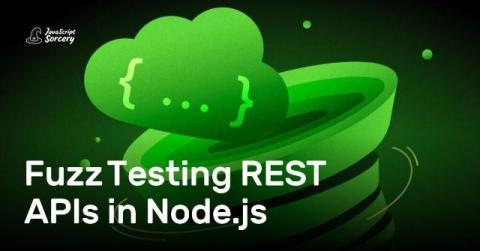End-to-End Testing With TestCafe for Node.js
It is essential that you test sites and web applications to ensure their reliability, functionality, and user experience. Thanks to its rich API and impressive list of features, TestCafe has emerged as one of the most popular choices for automated end-to-end testing in Node.js. In this guide, you'll learn what TestCafe is, understand how it works, explore its features, and see it in action with a complete example. Time to become a TestCafe testing expert!










